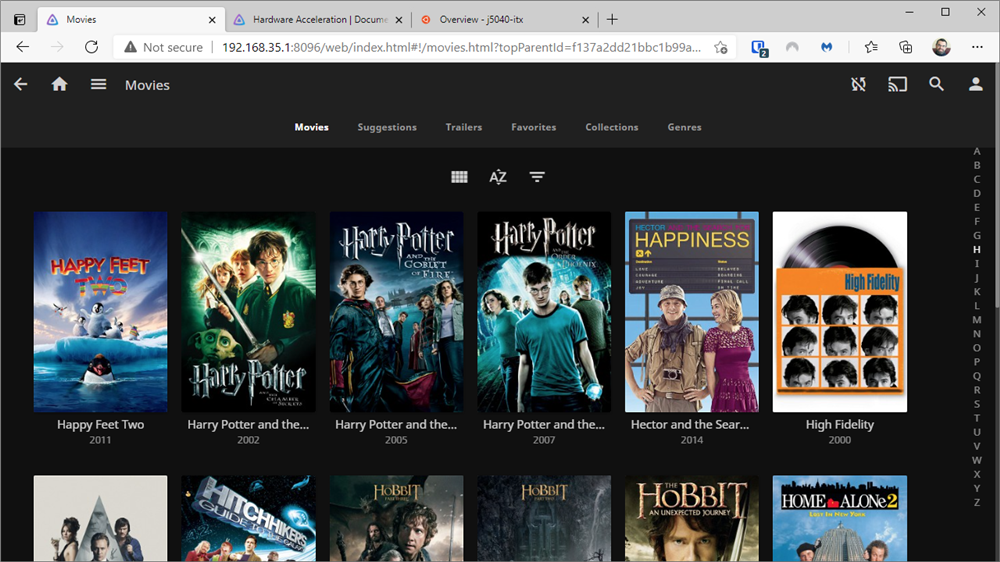


I’ll also cover the setup process for each component and along the way extol the virtues of Ansible for managing all of this configuration in a sane, reproducible manner stored entirely in the source code management tool, git. You’ll find out more about each of these projects in this article. Using nothing but free and open source software I’ve assembled what I believe to be the best solution of it’s type using Linux (Debian in my case), Docker, SnapRAID and MergerFS. Over the last 5 years I’ve tried numerous different storage methods and learned a lot along the way.

I frequently find myself discussing this topic with friends, family, redditors and anyone else who’ll listen. This series remains public here for informational purposes only - for questions or support please visit the new site.Ĭhoosing how to store your data is one of the most hotly debated topics amongst data hoarders. The Perfect Media Series has a new home at.


 0 kommentar(er)
0 kommentar(er)
